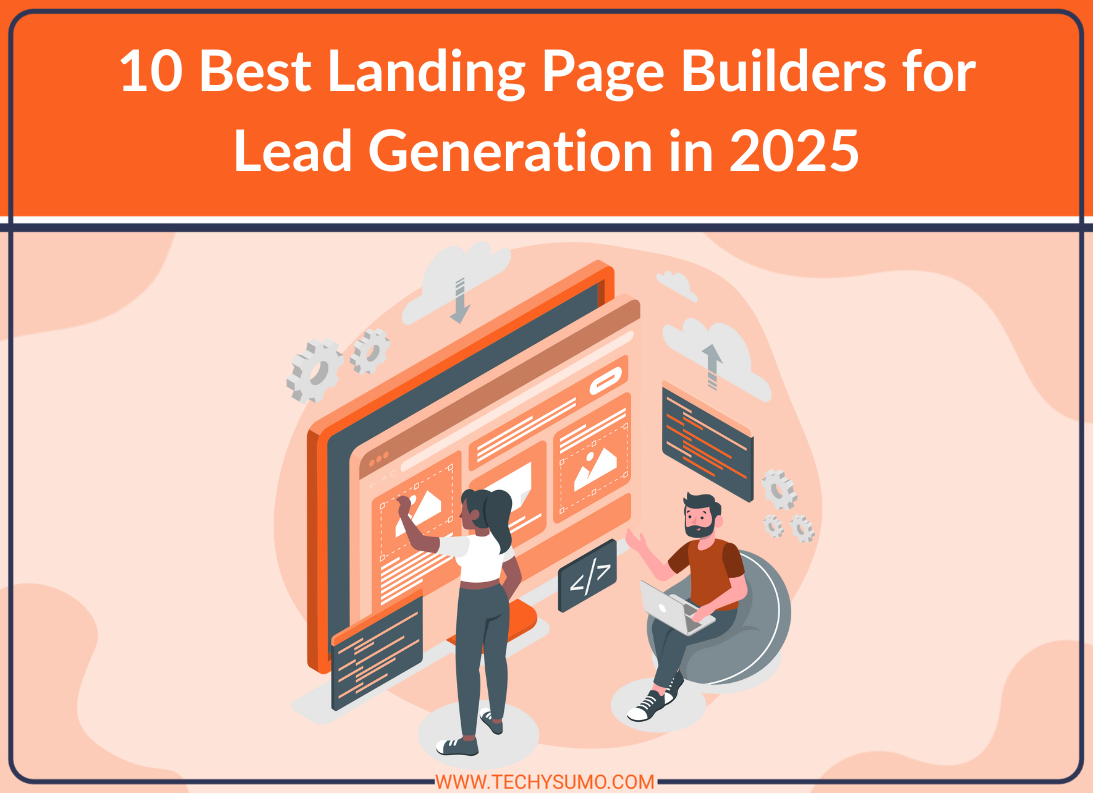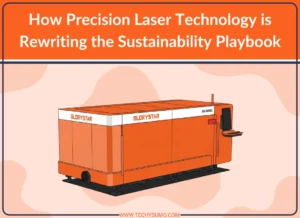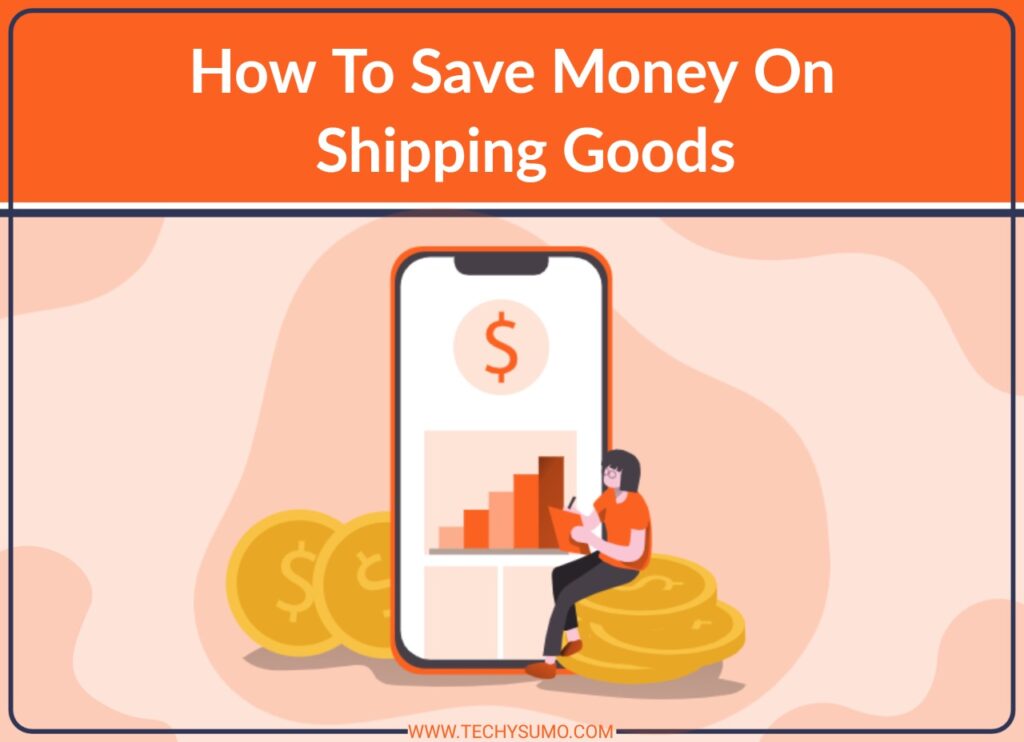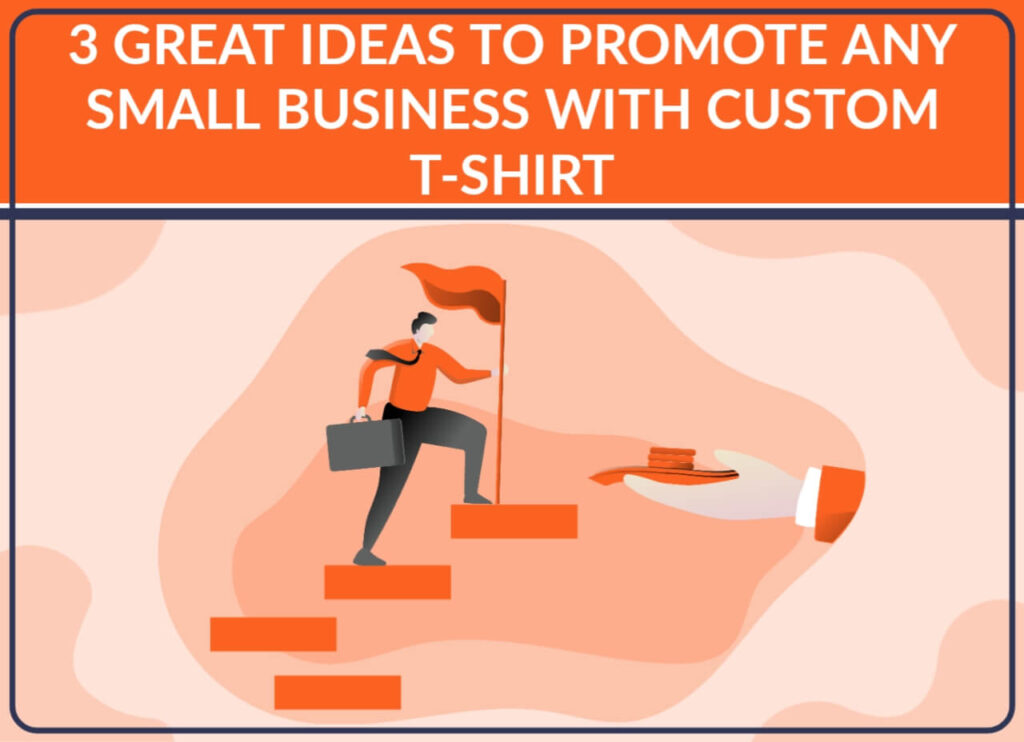The best landing page tools for lead generation in 2025 do much more than just design pages. They empower marketers to build multi-step flows, apply conditional logic, integrate with CRMs, and personalize the user experience. Whether you’re running paid ads, promoting a product, or nurturing email subscribers, your landing page needs to capture the right data and convert visitors into sales-ready leads.
This guide compares the top landing page builders that go beyond surface-level form collection. These tools are ideal for marketers who want to qualify leads, score interest, and automate follow-ups with precision.
Table of Contents
Why Landing Pages Are Key for Lead Generation
Landing pages serve as focused entry points for your campaigns. Unlike your homepage or blog, a landing page has one clear goal to convert visitors into leads.
A well-optimized landing page:
- Focuses attention on your offer
- Reduces distractions
- Provides a targeted message
- Encourages form submissions
But lead generation today is about more than collecting emails. You need insights, who the visitor is, what they’re interested in, and how close they are to buying. That’s why qualifying leads is just as important as capturing them.
Also Read
Why Landing Page Builders Great for Lead Generation?

If your goal is to generate and qualify leads, here are the features that matter most:
Multi-Step Flows
Break long forms into smaller steps to reduce friction and improve form completion rates.
Lead Scoring & Segmentation
Automatically score leads based on how they interact with your page and segment them into relevant categories.
Conditional Logic
Show or hide form fields and messages based on user input to create personalized experiences.
CRM & Automation Integrations
Sync your data instantly to your CRM, email marketing tool, or sales pipeline to automate lead nurturing and follow-ups.
Top 12 Landing Page Builders for Lead Generation in 2025
1. involve.me

Best landing page builder for: Creating personalized multi-step funnels that qualify and score leads
Why it stands out:
involve.me turns traditional landing pages into interactive lead funnels. Using forms, quizzes, surveys, and calculators, it lets you segment leads in real time, qualify them with scores, and send data to your CRM instantly.
Pros:
- Multi-step landing pages that guide and qualify users
- Conditional flows for personalized experiences
- Built-in lead scoring and segmentation
- Native integrations with CRMs and marketing tools
- Free plan available with core features
Cons:
- Advanced logic and analytics require paid tiers
2. Unbounce

Best for: Conversion-focused marketers and A/B testers
Unbounce is built for CRO specialists. With dynamic content replacement, Smart Traffic routing, and a deep A/B testing engine, it’s perfect for optimizing paid campaigns.
Pros:
- Drag-and-drop editor
- Smart Traffic for dynamic routing
- CRM and ad platform integrations
- AMP support for mobile-first pages
Cons:
- Can be expensive for small teams
3. Leadpages

Best for: Small businesses that want fast, simple lead capture
Leadpages is easy to use and offers built-in templates for email opt-ins, webinars, and product launches. It lacks advanced lead scoring, but it’s great for capturing top-of-funnel leads.
Pros:
- User-friendly interface
- Hundreds of mobile-optimized templates
- Popup and alert bar builder
- Integrates with major email tools
Cons:
- No built-in multi-step forms or scoring
4. Systeme.io

Best for: Budget-conscious creators and solopreneurs
Systeme.io offers an all-in-one suite for landing pages, email marketing, and sales funnels. Its free plan includes multi-step funnels, automation, and contact management.
Pros:
- All-in-one platform with no coding needed
- Free plan with custom domain support
- Email sequences and tagging included
Cons:
- Design and template quality are basic
5. ClickFunnels

Best for: Sales funnel builders and affiliate marketers
ClickFunnels is designed to move leads through a full sales journey. With upsells, order bumps, and automation, it’s ideal for lead generation tied to immediate sales.
Pros:
- Pre-built funnel templates
- Full marketing automation suite
- A/B testing and CRM integration
- Step-by-step page flows
Cons:
- Pricing is high for new users
6. Landingi

Best for: Marketing teams that want flexibility and control
Landingi gives you full creative control and great flexibility for building multi-step landing pages with forms, popups, and lead magnets.
Pros:
- 300+ templates
- Drag-and-drop builder
- Reusable “smart sections”
- CRM and webhook integrations
Cons:
- Lead scoring and advanced logic require paid plan
7. HubSpot

Best for: B2B marketers using a CRM for long-term nurturing
HubSpot’s landing pages are fully integrated with its CRM. You can personalize content, track user behavior, and trigger email campaigns automatically.
Pros:
- Deep CRM integration
- A/B testing, personalization, and smart rules
- Live chat, chatbot, and form builder
- All-in-one marketing suite
Cons:
- Pricing scales quickly as contacts grow
8. Kit (Formerly ConvertKit)

Best for: Content creators building email-first funnels
Kit combines email automation with a basic landing page builder. It’s great for lead magnets, opt-ins, and segmenting subscribers with tags.
Pros:
- Unlimited pages and forms
- Easy automation workflows
- Tag-based segmentation
- Creator-focused templates
Cons:
- Not ideal for multi-step or complex logic
9. Instapage

Best for: Agencies and performance marketers with big budgets
Instapage is a high-end tool built for performance optimization. It includes real-time collaboration, heatmaps, and dynamic text replacement for ad personalization.
Pros:
- Over 500 templates
- Heatmaps and analytics
- AdMap for ad-to-page relevance
- AMP and mobile optimization
Cons:
- Premium price point
10. Swipe Pages

Best for: Mobile-first pages and affiliate marketing
Swipe Pages offers lightning-fast load speeds via AMP and supports swipeable multi-step experiences. It’s great for mobile-focused lead gen.
Pros:
- AMP support for fast mobile pages
- Dynamic elements and forms
- A/B testing included
- Built-in analytics
Cons:
- Fewer integrations than others
Tips for Using Your Landing Page Builder to Maximize Leads
To get the most from your tool, apply these lead gen best practices:
- Run A/B tests on form headlines, CTAs, and images
- Embed lead magnets (eBooks, calculators, free tools) to increase form fills
- Use conditional logic to personalize the journey and reduce form fatigue
- Segment leads based on responses to qualify and prioritize outreach
- Integrate with your CRM to trigger automated workflows immediately
Final Thoughts
If your priority is capturing qualified leads with higher intent, choose a tool that helps you segment, score, and personalize.
- Best overall for lead funnels → involve.me
- Best for paid ad optimization → Unbounce or Instapage
- Best for beginners on a budget → Systeme.io or ConvertKit
- Best for sales-driven funnels → ClickFunnels
- Best all-in-one CRM integration → HubSpot
At the end of the day, the best lead generation tool isn’t just the one that looks good, it’s the one that helps you identify, qualify, and convert the right leads.






